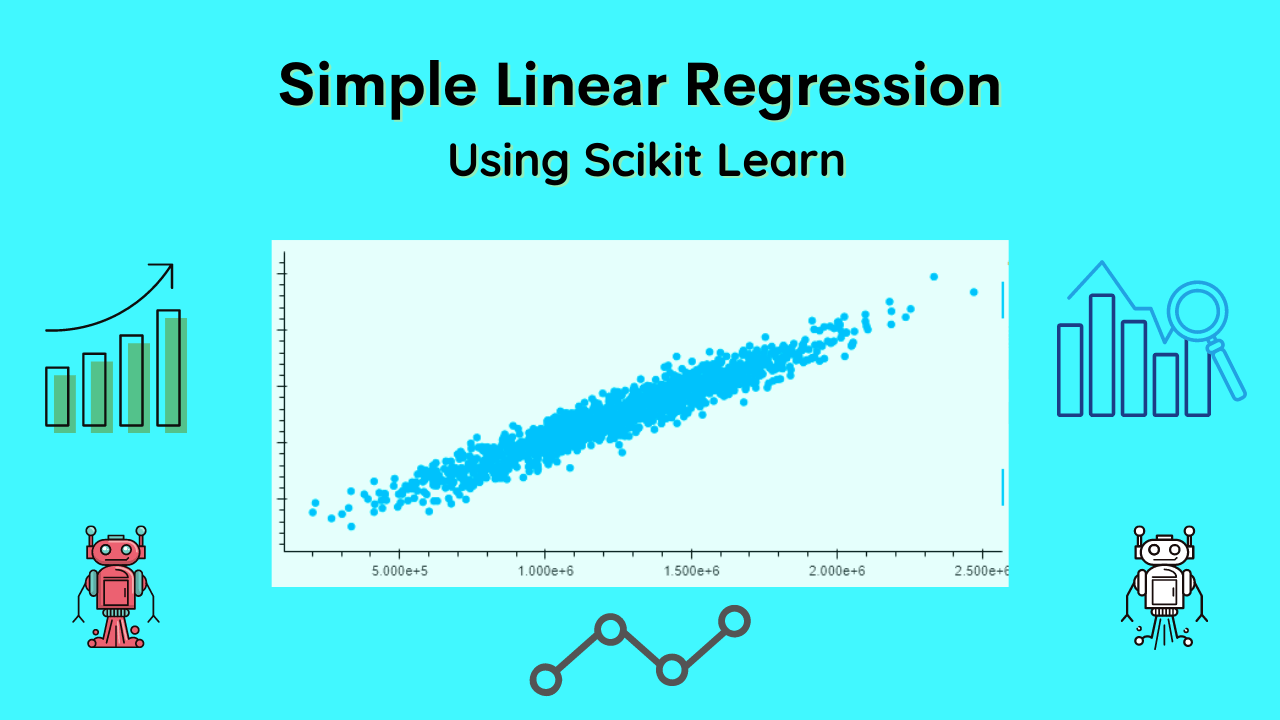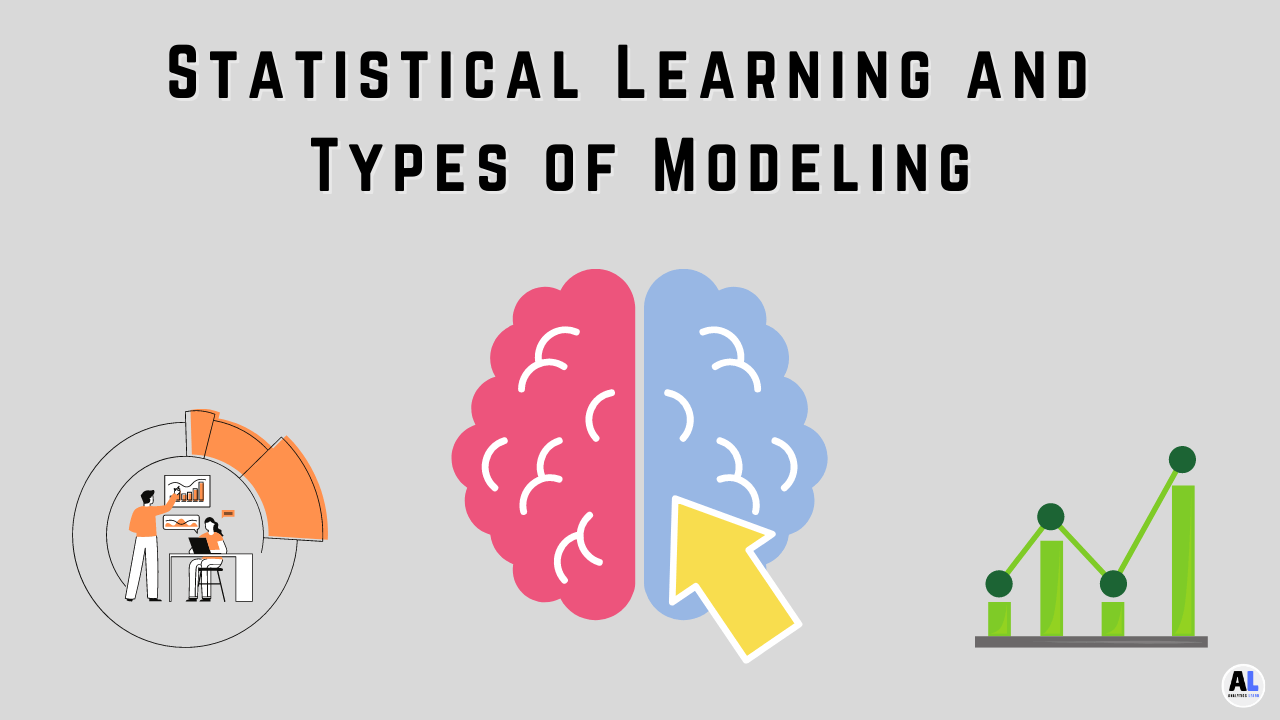In this guide, we will understand the ML learning model called AutoML (Automated Machine Learning) in detail with the significance of it.
In the fast-evolving landscape of artificial intelligence (AI) and machine learning (ML), AutoML (Automated Machine Learning) has emerged as a transformative technology that democratizes and simplifies the process of building and deploying machine learning models.
It automates many of the complex and time-consuming tasks traditionally required in model development, making AI accessible to a broader audience, from data scientists to domain experts with limited coding experience.
In this article, we will explore AutoML in depth, covering its significance, key components, benefits, challenges, and real-world applications.
What is AutoML?
AutoML, short for Automated Machine Learning, is a technology and set of processes that aim to automate various aspects of machine learning model development.
It simplifies and accelerates the traditionally complex and time-consuming tasks involved in building machine learning models, making it accessible to a broader audience, including individuals with limited data science expertise.
The platforms typically automate data preprocessing, feature selection, model selection, hyperparameter tuning, and even model deployment.
By reducing the need for manual intervention and coding, Automated Machine Learning democratizes machine learning, enabling organizations and individuals to harness the power of artificial intelligence for diverse applications more efficiently and effectively.
Related Article: What is a Supervised Learning? – Detail Explained
The Significance of AutoML
The development of machine learning models traditionally demands a deep understanding of data preprocessing, feature engineering, model selection, hyperparameter tuning, and deployment.
These tasks often require specialized knowledge and consume a substantial amount of time and computational resources.
Automated Machine Learning addresses these challenges by automating much of the model development process, making it more accessible and efficient for organizations and individuals.
Key Components of AutoML
Automated Machine Learning comprises several key components that work together to streamline the machine learning workflow:
- Data Preprocessing: Their tools automate data cleaning, handling missing values, encoding categorical variables, and scaling features. This ensures that the data is prepared appropriately for model training.
- Feature Engineering: Feature engineering is crucial for improving model performance. AutoML systems can automatically generate and select relevant features, reducing the need for manual feature engineering.
- Model Selection: Automated Machine Learning tools explore a range of machine learning algorithms, from linear models to deep neural networks, to find the best-performing model for a given task. They conduct model selection based on performance metrics.
- Hyperparameter Optimization: Tuning hyperparameters is a critical aspect of model development. The Automated Machine Learning systems automatically search for the optimal hyperparameters that maximize model performance.
- Ensemble Learning: It often incorporates ensemble techniques, where multiple models are combined to improve predictive accuracy. This includes methods like bagging, boosting, and stacking.
- Model Interpretability: Many ML platforms offer tools for model interpretability, helping users understand how models arrive at their predictions. This is crucial for ensuring transparency and trust in AI applications.
Benefits of AutoML
AutoML offers a wide range of benefits, making it a valuable tool in the AI and ML ecosystem:
- Accessibility: Automated Machine Learning democratizes AI by enabling users with varying levels of technical expertise to build and deploy machine learning models without extensive coding skills.
- Efficiency: By automating time-consuming tasks like hyperparameter tuning and feature selection, AutoML accelerates the model development process, reducing the time-to-insight.
- Accuracy: Automated Machine Learning explores a wide range of models and hyperparameters, often leading to higher model performance compared to manual approaches.
- Cost Savings: Automating model development reduces the need for highly specialized data science teams, resulting in cost savings for organizations.
- Consistency: Automated Machine Learning ensures a consistent approach to model development and deployment, reducing the risk of human errors and biases.
Related Article: Why Bias-Variance Tradeoff Affects Machine Learning?
Challenges in AutoML
While Automated Machine Learning offers numerous advantages, it is not without its challenges:
- Limited Customization: AutoML platforms may not provide the same level of customization as manual model development, limiting the ability to fine-tune models for specific use cases.
- Black-Box Models: Some AutoML-generated models can be challenging to interpret, which can be a concern in applications where model transparency is essential.
- Data Quality: Automated Machine Learning is not a substitute for high-quality data. Poor data quality can still lead to suboptimal results, even with automated processes.
- Complexity of Tasks: For very specialized or complex tasks, manual model development may still be necessary to achieve the desired level of performance.
Real-World Applications of AutoML
Automated Machine Learning has found applications across various industries and domains. Here are some examples of how AutoML is being used in practice:
- Healthcare: Automated Machine Learning is used to develop predictive models for disease diagnosis, patient outcomes, and drug discovery, enabling faster and more accurate medical decisions.
- Retail: AutoML aids in demand forecasting, inventory optimization, and customer segmentation, helping retailers make data-driven decisions to enhance customer experiences and profitability.
- Finance: Automated Machine Learning is employed in credit scoring, fraud detection, and algorithmic trading, where precise predictions are critical for risk management.
- Manufacturing: Automated Machine Learning helps optimize manufacturing processes, predict equipment failures, and improve product quality through defect detection.
- Natural Language Processing (NLP): AutoML tools simplify the development of NLP models for sentiment analysis, chatbots, and language translation, enabling businesses to engage with customers more effectively.
- Image Analysis: Automated Machine Learning is used in image classification, object detection, and facial recognition applications, ranging from autonomous vehicles to security systems.
- Energy: In the energy sector, Automated Machine Learning is employed for predictive maintenance of infrastructure, optimizing energy consumption, and forecasting energy production from renewable sources.
Conclusion
Automated Machine Learning represents a significant advancement in the field of artificial intelligence and machine learning, making AI more accessible, efficient, and cost-effective for organizations and individuals alike.
By automating many of the complex and time-consuming aspects of model development, AutoML empowers a broader range of users to harness the power of machine learning for diverse applications across industries.
While challenges remain, the continued development of AutoML technologies holds the promise of further democratizing AI and accelerating its adoption in solving real-world problems.
References
Here are the top 5 references about AutoML:
AutoML: A Survey of the State-of-the-Art” (Research Paper)
- This comprehensive survey paper provides an in-depth overview of Automated Machine Learning, covering its history, techniques, challenges, and future directions.
- Link to Paper: AutoML: A Survey of the State-of-the-Art
2. Practical AutoML for Computer Vision” (Blog Post)
- This blog post by Google AI introduces Automated Machine Learning Vision and discusses practical applications of AutoML in computer vision tasks.
- Blog Post Link: Practical AutoML for Computer Vision
3. AutoML: Methods, Systems, Challenges” (Tutorial)
- This tutorial provides an overview of Automated Machine Learning methods, systems, and the challenges involved. It offers insights into the key components of AutoML.
- Tutorial Link: AutoML: Methods, Systems, Challenges
4. An Introduction to AutoML” (Book)
- This book offers a comprehensive introduction to Automated Machine Learning, covering its history, algorithms, tools, and practical applications. It’s a valuable resource for those new to AutoML.
- Book Link: An Introduction to AutoML
5. AutoML: Methods and Tools for Automating Machine Learning” (Workshop)
- This workshop focuses on Automated Machine Learning methods and tools, featuring presentations and discussions on recent developments in the field.
- Workshop Link: AutoML: Methods and Tools for Automating Machine Learning
These references provide a comprehensive understanding of Automated Machine Learning, from its foundational concepts to practical applications and the latest research developments.

Meet Nitin, a seasoned professional in the field of data engineering. With a Post Graduation in Data Science and Analytics, Nitin is a key contributor to the healthcare sector, specializing in data analysis, machine learning, AI, blockchain, and various data-related tools and technologies. As the Co-founder and editor of analyticslearn.com, Nitin brings a wealth of knowledge and experience to the realm of analytics. Join us in exploring the exciting intersection of healthcare and data science with Nitin as your guide.










